Why is my Panasonic Air Conditioner outdoor unit emitting water or steam?
- NnbradfordAug 8, 2025
The water or steam emitted from the outdoor unit of your Panasonic Air Conditioner is due to condensation or evaporation occurring on the pipes.
Why is my Panasonic Air Conditioner outdoor unit emitting water or steam?
The water or steam emitted from the outdoor unit of your Panasonic Air Conditioner is due to condensation or evaporation occurring on the pipes.
Why does my Panasonic CS-RE9NKE Air Conditioner start automatically after a power failure?
The Panasonic Air Conditioner is equipped with an Auto Restart function. If the power is interrupted and then restored, the unit will automatically resume operation using the previous settings (operation mode and air flow direction), as long as the operation was not stopped by remote control.
Why does mist emerge from my Panasonic Air Conditioner indoor unit?
The mist emerging from the indoor unit of your Panasonic Air Conditioner is a condensation effect that occurs due to the cooling process.
Why is there a delay when I restart my Panasonic Air Conditioner?
The operation delay after restarting your Panasonic Air Conditioner is a built-in protection mechanism for the unit's compressor.
Why does my room have a peculiar odor when using my Panasonic CS-RE9NKE?
The peculiar odor in the room when using your Panasonic Air Conditioner may be due to a damp smell emitted by the wall, carpet, furniture, or clothing.
Why does the indoor fan stop sometimes on my Panasonic Air Conditioner during automatic fan speed?
The indoor fan in your Panasonic Air Conditioner stops occasionally during automatic fan speed setting to help remove surrounding odors.
Safety guidelines for the indoor and outdoor units to prevent injury and damage.
Safety guidelines for handling and using the remote control, especially regarding batteries.
Precautions for power supply cords, plugs, and electrical connections to prevent hazards.
Instructions for essential operations: turning on/off, setting temperature, mode, and fan speed.
Using special modes like Quick Temperature and Quiet Environment for enhanced comfort.
Detailed guide on setting various ON/OFF timers for automatic operation.
Step-by-step instructions for cleaning the indoor unit, filters, and other components.
Identification and function of key indoor unit parts like the front panel and louvers.
How to use the unit's physical button when the remote control is not available.
Understanding common sounds and behaviours that do not indicate a malfunction.
Checks to perform before calling for service to resolve common issues.
Instructions on how to retrieve error codes using the remote control for diagnosis.
Safety guidelines for the indoor and outdoor units to prevent injury and damage.
Safety guidelines for handling and using the remote control, especially regarding batteries.
Precautions for power supply cords, plugs, and electrical connections to prevent hazards.
Instructions for essential operations: turning on/off, setting temperature, mode, and fan speed.
Using special modes like Quick Temperature and Quiet Environment for enhanced comfort.
Detailed guide on setting various ON/OFF timers for automatic operation.
Step-by-step instructions for cleaning the indoor unit, filters, and other components.
Identification and function of key indoor unit parts like the front panel and louvers.
How to use the unit's physical button when the remote control is not available.
Understanding common sounds and behaviours that do not indicate a malfunction.
Checks to perform before calling for service to resolve common issues.
Instructions on how to retrieve error codes using the remote control for diagnosis.
| Brand | Panasonic |
|---|---|
| Model | CS-RE9NKE |
| Category | Air Conditioner |
| Language | English |

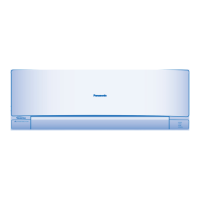
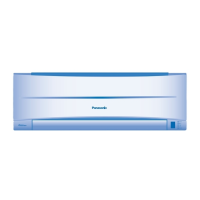


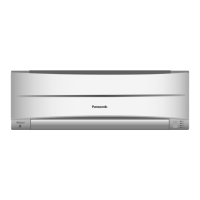



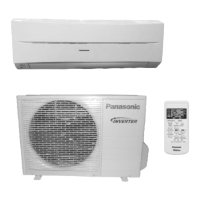

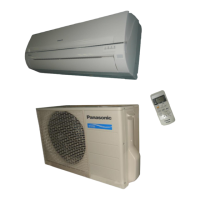
